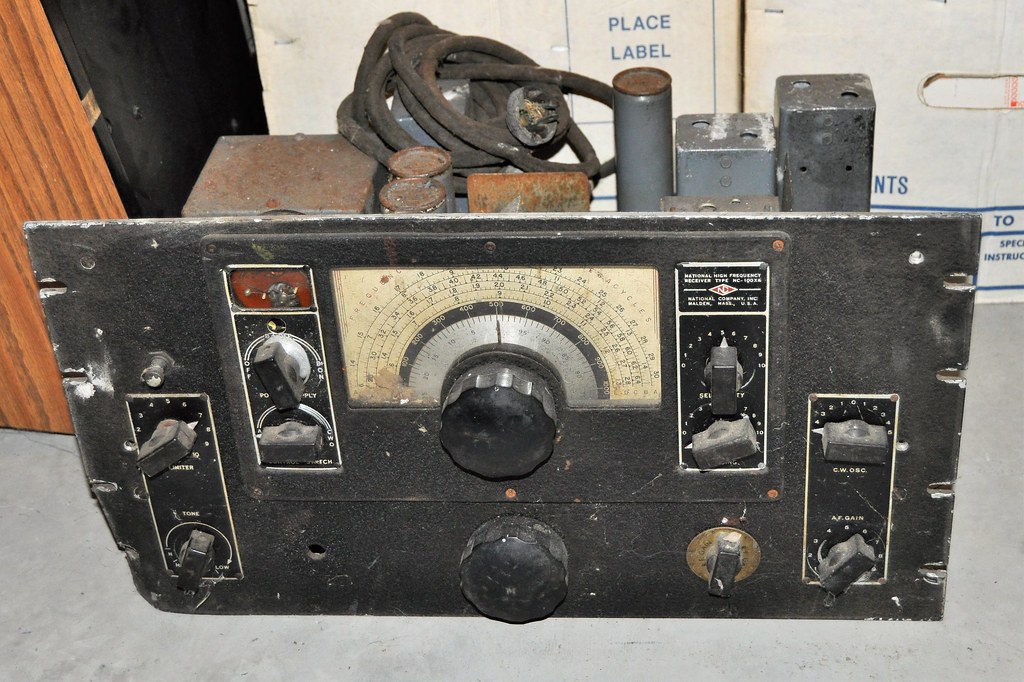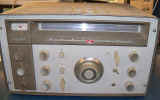So then would oversampling with a SAR be just as simple as using one in the MHz range like
@AnalogSteph was suggesting?
High-speed ADCs rarely have the best performance in the audio band. Noise in particular may be higher, and a high sampling rate often means higher distortion than a typical audio converter. If you oversample, you must also be prepared to handle the higher digital bit stream and rate conversion if need be (e.g. to match typical audio-rate CODECs at 44~196 kS/s). I am not sure why you want to use a SAR architecture, nor at what level you plan to design the ADC (buy off-the shelf, designing an IC, ???)
Oversampling using a conventional ADC makes the anti-alias filter easier but you gain only 1/2-bit for each doubling of the sampling rate. Delta-sigma designs use an internal modulator, often coupled with multiple stages and multi-bit internal stages, to provide much greater noise reduction (several bits or more for each doubling of the sampling rate).
What about if it were beyond the audible range like for oversampling?
The problem is a crystal (or any high-Q) resonator is not the right component to create a wideband filter. The anti-alias filter must pass all the frequencies below cutoff, then sharply attenuate above. A high-Q resonator creates a very narrow bandpass filter, not the desired low-pass filter desired for anti-aliasing. To revert to a bad analogy, if you want to sprinkle a wide area of your lawn, you don't want a water nozzle that is fixed to a tight stream and that points in only one direction.
Would that include any kind of oscillator, or just quartz based?
Many high-performance oscillators, crystal or otherwise, function just fine in high-vibration environments. But it takes special design techniques, both electrical and mechanical, to control their noise.
---
I have barely skimmed this thread but it seems like you need a more fundamental understanding of crystals, filters, and ADCs than you are likely to get from an Internet thread. People devote careers to learning how to design ADCs, oscillators, DSPs, and so forth. Reading manufacturer's application notes may be a better way to delve into the subjects. A college course in mixed-signal circuits could be beneficial.

 ) but as far as adc I was looking at this guy here (
) but as far as adc I was looking at this guy here (

